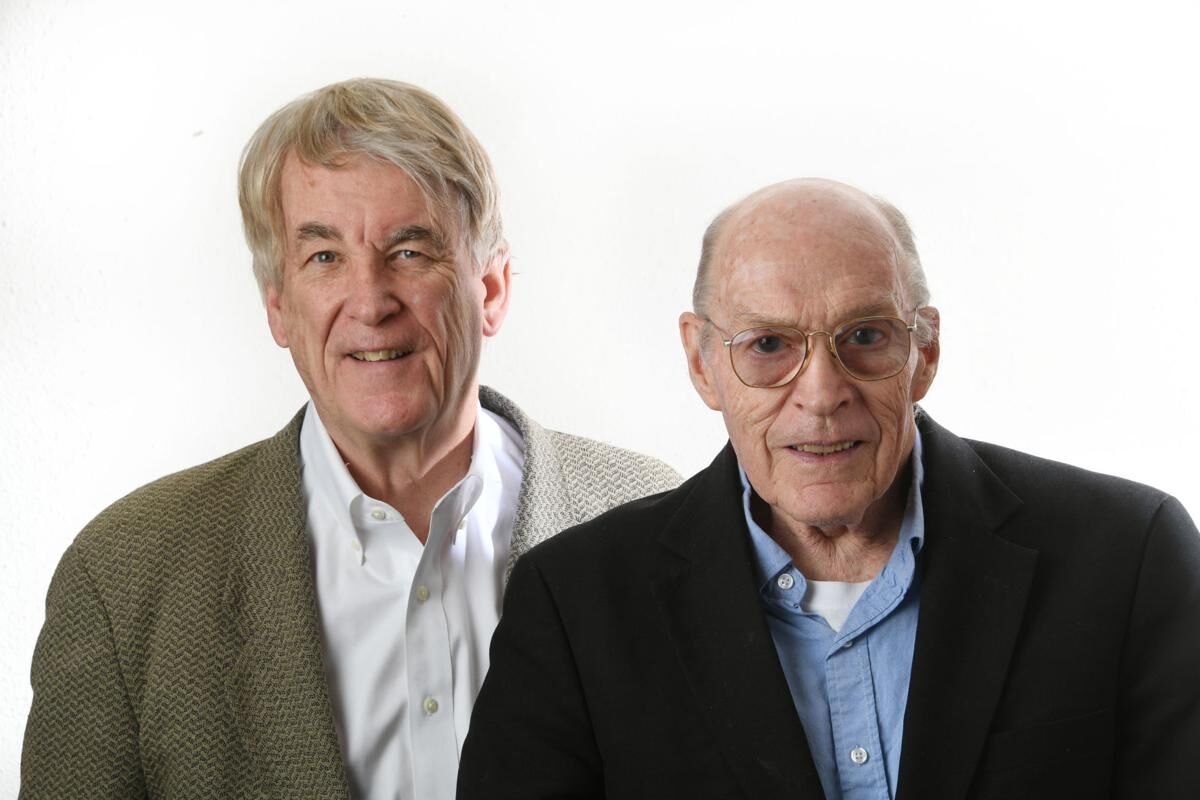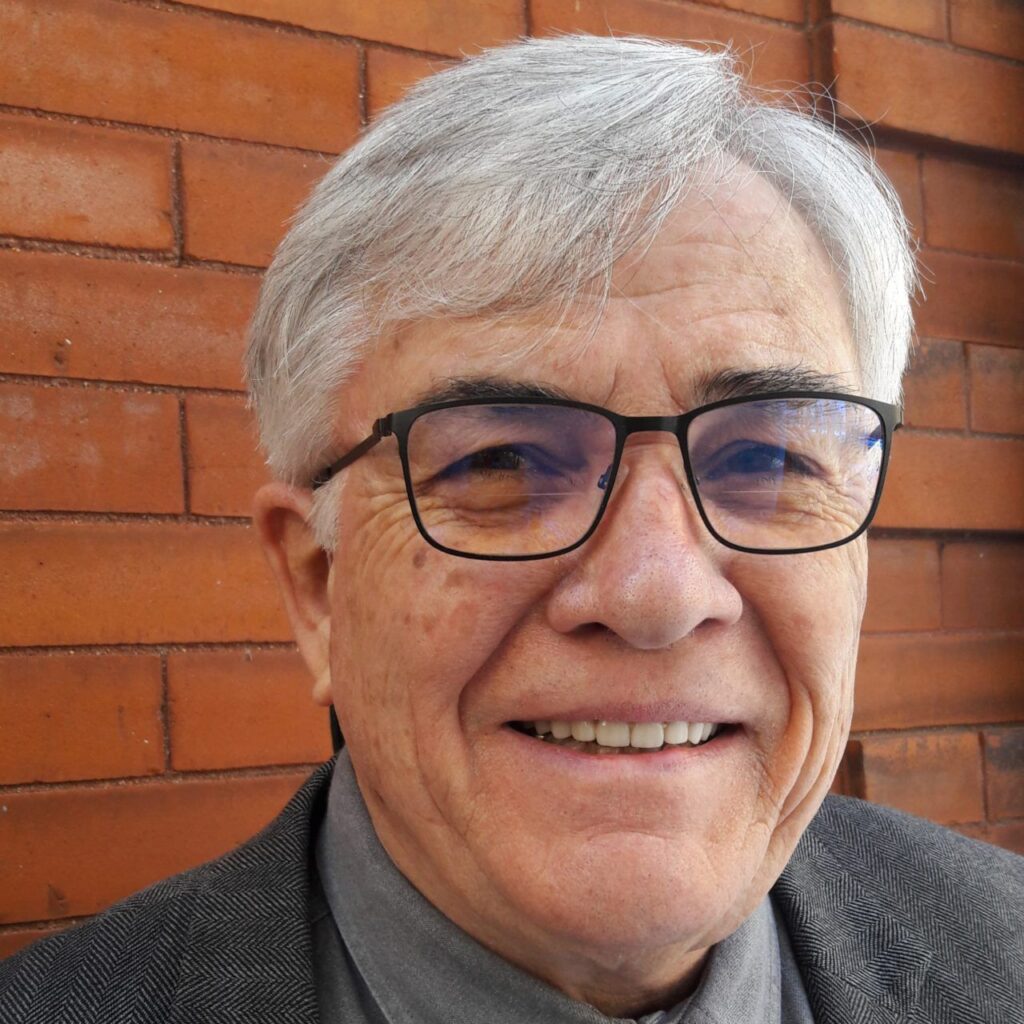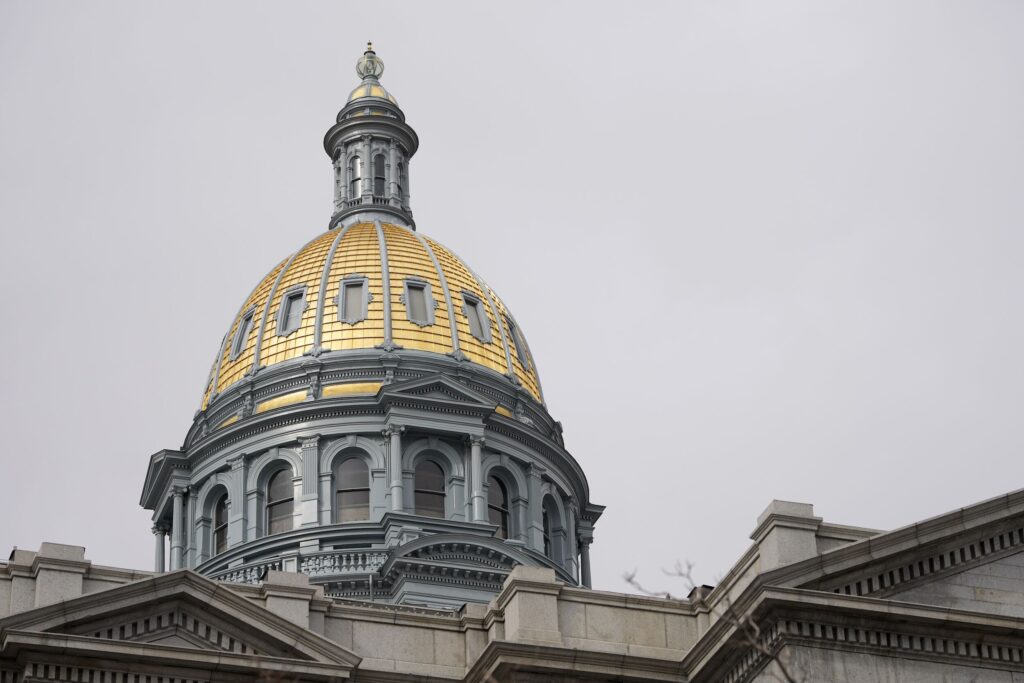CRONIN & LOEVY | Competitive districts serve us well


Ten years ago – in 2011 – both houses of the Colorado state legislature were redistricted by a state redistricting commission. Thanks to Mario Carrera, the chairman of that commission, the theme of the 2011 redistricting was “create lots of competitive districts.”
Competitive districts can be won by either the Democratic or the Republican candidate for the state legislature. Competitive districts contrast with “safe Democratic” districts, which are always won by the Democratic candidate, and “safe Republican” districts, which are always won by the Republican.
The ages-old art of gerrymandering, which is drawing legislative district boundary lines to favor one political party over the other, is what creates “safe Democratic” and “safe Republican” districts.
The logic behind competitive districts is simple. If most of the legislative districts are competitive, and can be won by either political party, then party control of the state legislature will shift back and forth in response to how the public is voting.
With competitive districts, when Democrats are winning the votes, Democrats will be winning majority control of the state Senate and the state House of Representatives. When the Republicans are getting the most votes, however, the Republican Party will be gaining majority control of the state Senate and state House.
Here is the question. How did competitive seats as a redistricting theme work out in Colorado state legislative elections over the past decade from 2012 to 2020? Did party control of the two houses of the state legislature shift when the voting shifted?
Our answer, after studying the legislature over the past ten years, is that competitive districts worked well. The Democrats gained state legislators in election years that favored the Democrats. The Republicans gained when the voters favored their political party.
There is general agreement that the Colorado electorate shifted toward the Democrats throughout the decade of elections from 2012 to 2020. The Trump presidency was generally unpopular in Colorado at the end of the decade. The Colorado House of Representatives strongly showed this shift. The Democrats gained four house seats over the ten years, going from 37 to 41 seats at the end.
Adding strength to this pro-Democratic voting shift throughout the decade was the vote-getting ability of Democratic gubernatorial candidate Jared Polis, who swept to a landslide victory in the 2018 general election.
Thirty-three seats are required to be the majority party in the 65-member Colorado House of Representatives, so the Democrats, always with 34 seats or more, had majority control of the House for all the elections from 2012 to 2020. Thus the 2011 redistricting produced a House of Representatives that reflected the generally Democratic mood of the state electorate throughout the decade.
The Colorado state Senate is half the size of the House (35 members compared to 65). The Senate gain for the Democrats over the decade was only one seat, one-quarter of the four seats gained in the House. The state Senate elections reflected the decade long shift to the Democrats, although the Senate shift, as might be expected, was smaller than the House shift.
But the Republicans were not complete losers over the past decade of using competitive seats. Their year to shine was 2014, which was the sixth year of the Barack Obama presidency. Sixth-year elections almost always favor the party not in the White House, and in 2014 that was the Republicans. The GOP won three additional seats in the House in 2014, and two additional seats in the state Senate. At the same time, the Republicans were electing a U.S. Senator – Cory Gardner.
Colorado’s incumbent governor, John Hickenlooper, was running for reelection in 2014. He won over his Republican opponent, Bob Beauprez, but by a much narrower margin than predicted. Hickenlooper’s lackluster showing, in a narrow victory, was another sign that 2014 was a Republican year in Colorado.
Which means the competitive seats redistricting of 2011 worked. The year 2014 was a Republican year, and the Republicans made gains in both houses of the Colorado state legislature and made a race of it for the governorship.
That two-seat Republican gain in the state Senate in 2014 does not look too impressive until you realize that just those two seats shifted control of the state Senate from the Democrats to the Republicans (18 Republicans to 17 Democrats).
That gave the Republicans the incentive to stick together, vote as a bloc, and veto any Democratic Party hopes of enacting expensive social welfare and environmental programs.
It is one of the truths of Colorado legislative politics that the Democrats, as the more activist and big spending of the two major parties, have to win control of both houses of the state legislature to pass their programs. The Republicans, however, with their more passive and anti-government ideals, need only control one house of the state legislature, even just by one vote, to deny the Democrats their liberal dreams.
Two years later, in the 2016 presidential election, Democrat Hilary Clinton carried Colorado over Republican Donald Trump, but not by an impressive margin. The Republicans succeeded in preserving their one-vote control of the state Senate (18 R to 17 D). The Republicans thus had two more years of keeping a halter on the Democrats’ exuberant legislative programs.
We conclude that competitive districts worked accurately and for both political parties during the decade of elections from 2012 through 2020. It was a generally Democratic decade, and the Democrats gained legislators steadily throughout the decade. The Republicans, however, had a big year in 2014 and an OK year in 2016, thus awarding them four years of control of the Colorado state Senate.
Because competitive seats worked well as the redistricting theme ten years ago, we think it should continue as the theme underlying the redistricting of the state legislature taking place right now.
Tom Cronin and Bob Loevy were longtime Colorado College political science professors who write about Colorado and national politics.













